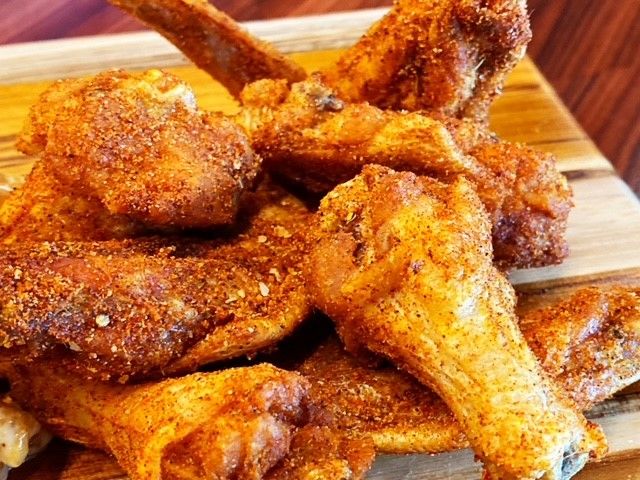“Is that a real poncho? I mean, is that a Mexican poncho or is that a Sears poncho?”
— Frank Zappa
Zappa’s inquiries beg a question, because what exactly is the nature of reality?
Isn’t it enough that things are as they are? No, because we are sometimes deceived. We need to tell the difference between hard ground and marsh that only looks hard. We need to know whether something is a bear or only a child with a bearskin rug over its head. We have evolved to tell the real from the false. Injure the brain and the victim may lose their sense of reality. When you have flu the familiar world can seem unreal.
Jon Larmee is a former colleague at Food & Dining Magazine. He’s real flesh and blood; at least I think so. These days I see his byline pop up here and there, and he’s also at Substack, where you’ll find this informative deep dive into the seemingly arcane shadows of virtual brands.
I repeat: What is reality?
Is that a real chicken wing? I mean, is that a Four Pegs chicken wing or is that a Virtual Dining Concepts chicken wing?
Spirited Apps: The Virtual Brands Landscape, by Jon Larmee at The Foil
In Louisville, it’s easy to find two of the three kinds of virtual brands—catfishers and virtual concepts—but what I’m really after is the third kind. The type of virtual brand that’s invisible to the average passerby: a ghost restaurant.
Though it’s often used as a cover-all term, a ghost restaurant is a specific model of virtual brand. In a support page for drivers, GrubHub describes a ghost restaurant as “a commissary space…usually a converted warehouse or generally nondescript building.”
What I want to know is, does Louisville have a true ghost restaurant?























